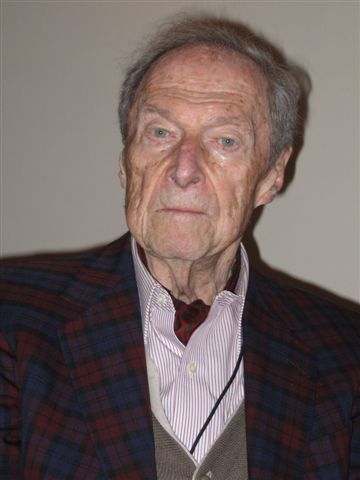Before Salk

On April 12, 1955, Dr. Jonas Salk made an announcement which turned him into a household name: he had developed and successfully tested a vaccine which prevented polio. The announcement had such an impact that the day was nearly turned into a national holiday, and given the grim numbers from just a few years earlier, that should hardly be a surprise. In 1952, roughly 58,000 new cases of polio were reported across the United States. Over 3,000 of those people died and another 20,000 — mostly children — were left with some degree of paralysis. Since Salk’s development and the subsequent creation of an oral, live-virus polio vaccine licensed by Dr. Albert Sabin in 1962, polio has been almost entirely eradicated. In 1988, there were an estimated 350,000 cases worldwide; as recently as 2007, there were fewer than 2,000. That’s nearly a 99.5 percent reduction in less than two decades. The vaccine changed the course of modern medicine.
And it arguably should have come out years earlier.
In January of 1948, Dr. Hilary Koprowski (above), a researcher at pharmaceutical company Lederle Laboratories in New York, made a cocktail for himself. But this wasn’t something you’d want to drink, at least not if you knew what was in it. Previously in his career, he worked on finding a live-virus vaccine against yellow fever, and he was working on the same for polio. Testing for a live-virus vaccine is difficult because the virus can’t be killed but still has to be rendered incapable of overcoming the body’s natural defenses. Screwing that up, though, means that you’ve just introduced a viable virus into your body. So researchers look for ways to, well, not make that mistake.
Koprowski’s theory? A former colleague of his, Dr. Paul Offit, explained it to the New York Times. Cotton rats, which are common in North America (here’s a picture of one), are also susceptible to polio. By introducing the virus into their brains, it had a place to grow — and turn into something which while alive, would be less likely to harm people. As Offit said, “As the virus gets better and better at growing in, in this case, a rodent, it would become less and less capable of growing or reproducing itself in people.” He put the virus-infected rat brains in a regular kitchen blender and drank it up. Not only did Koprowski not fall ill, but he ended up successfully inoculating himself against the disease.
In February of 1950, he’d go a step further. A group home for mentally disabled children asked him to use his vaccination on twenty of their residents. (As the Times explains, the fear of a polio outbreak was dramatic; marketing of drugs at the time required FDA approval but the testing of it did not; and “testing [. . .] on cognitively disabled children was common practice then.”) Of the twenty, 17 developed the antibodies which fight off the polio virus. The other three already had them. It was likely that Koprowski had discovered a game-changing vaccination for one of history’s worst diseases.
So why didn’t it go anywhere? There are a lot of potential reasons. Some were skeptical that a drug manufacturer could create a new medical solution of this magnitude, believing that true researchers worked at educational institutions, and the work of others should be discounted. Others feared the potential harm a live virus could cause, with one of those objecting being Dr. Sabin himself. In any event, the world would have to wait until Dr. Salk emerged with an intravenous, dead-vaccine inoculation a few years later.
Later in life, Koprowski — a highly decorated researcher for his other work — would received recognition for his work fighting polio. On February 25, 2000, the United States Senate gave him a commendation for his work in creating the first working polio vaccine.
Bonus fact: Jonas Salk never patented his polio vaccine. As quoted by the Times (in a different article than the one above), when famed reporter Edward R. Murrow asked him about that, he said “Who owns the patent on this vaccine? Well, the people, I would say. There is no patent. Could you patent the sun?” Further, as the Times points out, he wasn’t allowed to patent it — “researchers were not allowed rights and royalties for discoveries made with National Foundation money,” in the Times‘ words.
From the Archives: The Immortal Woman: Jonas Salk used her cells in his tests — as have thousands of other researchers.
Related: “Polio: An American Story” by David M. Oshinsky. The 2006 Pulitzer Prize-winning book recounts the battle to cure the disease. 4.5 stars on 66 reviews.
